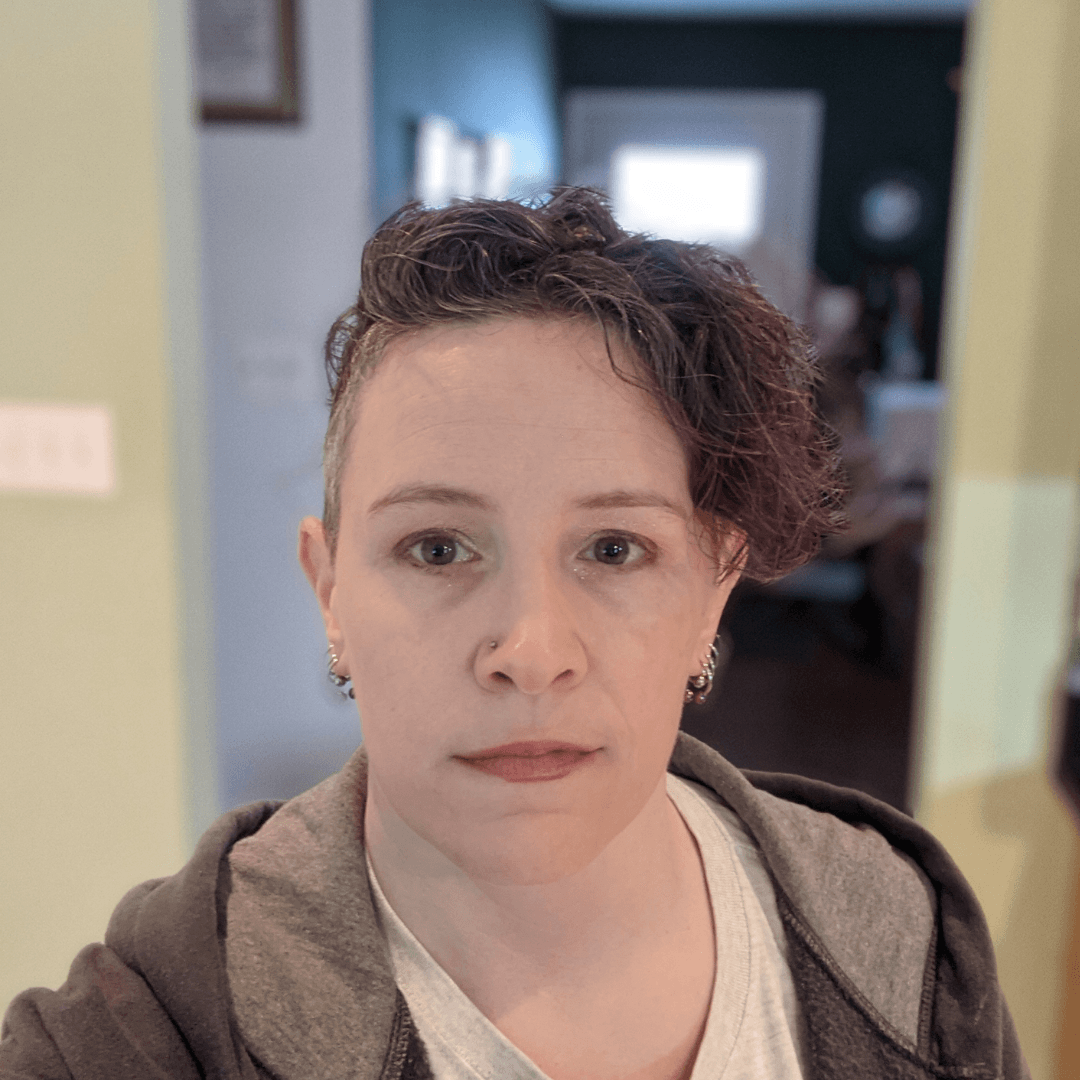Caution should be used when combining bergamot essential oil (BEO) with photosensitizing medications, such as (but not limited to) carbamazepine. Unless the BEO is furocoumarin-free or bergapten-free (BEO-FCF or BEO-BF), there is a theoretical potential for BEO to increase the risk of photosensitizing side effects.[1]
It’s worth noting that bergamottin (5-geranyloxypsoralen), a non-phototoxic[2] furanocoumarin in BEO that is also found in grapefruit and lime juice, is a cyp-450-inhibition|cytochrome P450 inhibitor, particularly of CYP3A4,[3] and thus could potentially have drug interactions; it is one of the furanocoumarins believed to be responsible for drug interactions with grapefruit juice.[4] Bergamottin is present at 1.02–2.75% in BEO and at 12–16 ppm in bergapten-free BEO.[5]


